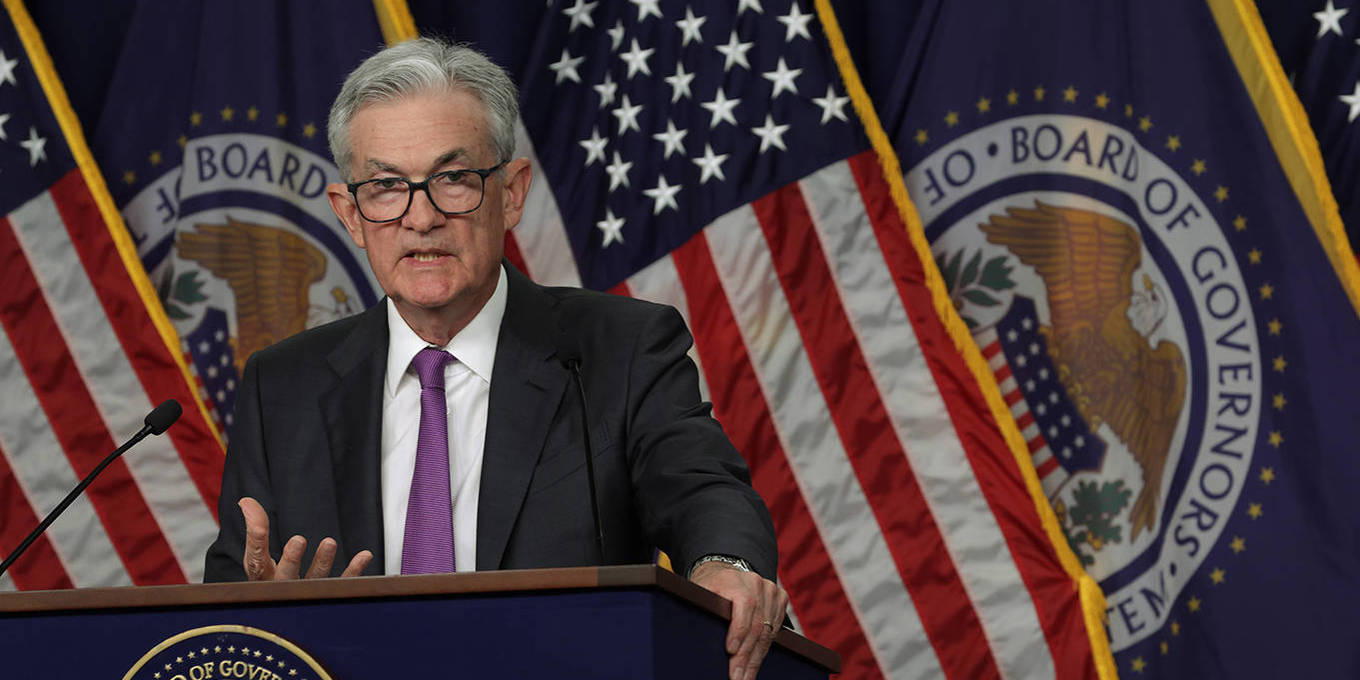The Middle Truth in the Inflation Muddle
15 Feb 2024
Opinion: Barry Eichengreen.
Critics of the Federal Reserve argue that the acceleration of US inflation in early 2021, and the rapid disinflation of recent months, had nothing to do with monetary policy, because the sources of above-target price growth were all on the supply side. This view is both right and too simple.
BERKELEY – For precisely three years, the economics profession has been collectively fixated on inflation. February 2021, exactly 36 months ago, was the last time consumer-price-index inflation in the United States (all items, 12-month percentage change) was at or below the Federal Reserve’s 2% target.
This recent episode of above-target inflation now shows signs of being over. “Shows signs” is of course code for the fact that you never know. A further shock – ructions in financial markets or a major geopolitical event, for example – could still throw the disinflation trend off course. So far, however, that course appears to be heading directly toward 2%.
One would hope that we learned something from these painful three years. Sharp increases in prices have served as catalysts for advances in inflation management in the past. From some episodes we learned the importance of preserving the independence of the central bank so that it can react unrestrained by political considerations. From others we learned that central banks need to establish a hierarchy of policy priorities and to communicate those priorities to financial markets and the public.
This time, however, it is not clear what, if anything, has been learned. Thinking about the causes of our recent inflation, and about why price increases now seem to be subsiding, remains muddled.
The main muddle concerns the role of the Fed. Does it deserve blame for the rise of inflation in early 2021 and corresponding credit for the recent decline?
One view is that the acceleration of inflation had nothing to do with monetary policy. It was caused by supply shocks: COVID-related declines in labor-force participation, supply-chain disruptions, and energy shortages. The Fed reacted slowly but appropriately. Moving faster wouldn’t have enhanced the availability of semiconductors, or helped to tame inflation stemming from input shortages. It would have only aggravated the economic downturn underway in 2020 and early 2021.
Along similar lines, some argue that the Fed played little role in the recent decline of inflation. If inflation came down because broken supply chains were mended and because workers who dropped out of the labor force dropped back in, then this same happy result would have come about without higher interest rates. Moreover, if the main way higher interest rates suppress inflation is by reducing spending and raising unemployment, then there is little evidence of an effect: spending remains robust and unemployment is at historic lows.
This view is both right and too simple. Along with supply shocks, demand and expectations – factors that are fully within the capacity of the Fed to influence – played a role in America’s recent bout of inflation.
With the outbreak of COVID-19, US households found themselves with $30 billion a month less income than in a normal economy. But between the CARES Act and COVID-19 Economic Relief Bill signed by President Donald Trump in 2020, and President Joe Biden’s American Rescue Plan in early 2021, government provided $200 billion a month in tax cuts and spending increases to fill this $30 billion income hole.
Fortunately, these measures limited distress among negatively impacted households and firms. But it is hard to imagine that they also could have avoided fanning inflation – more so given that supply was constrained.
Even conceding that strong demand was part of the inflation story, was it really the Fed’s restrictive monetary policy that brought the tale to its happy conclusion? After all, what had been strong fiscal stimulus in the first quarter of 2021 did not last. The Hutchins Center Fiscal Impact Measure, which shows how the change in fiscal stance contributes to real GDP growth, moved into negative territory already in the second quarter of 2021 – and stayed there. So perhaps fiscal policy both caused the inflation problem and solved it.
The main reason for doubting that the Fed played a role in the retreat of inflation is that unemployment did not rise once policymakers began raising interest rates. According to this view, in order to dampen inflation, higher rates must prevent firms from investing and hiring, and thereby discourage households, newly uncertain about their prospects, from spending as before.
But this view ignores the credibility and communication channels of central-bank policy. The Fed signaled, beyond a doubt, that if inflation failed to come down, it was prepared to do more, even at the cost of higher unemployment. It communicated that it would not allow inflation to persist, which moderated the perceived urgency of wage increases. Wage growth did in fact accelerate, but not excessively. This moderation in turn prevented a rise in unemployment while also limiting the Fed’s need to do more.
The lesson, then, is that monetary policy is not the entire explanation for the rise and fall of US inflation. But neither is it irrelevant, as some of the Fed’s critics would have it.
Published in: Project Syndicate, 15 Feb 2024






